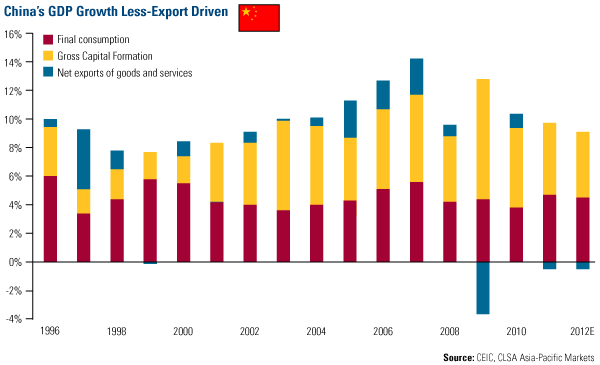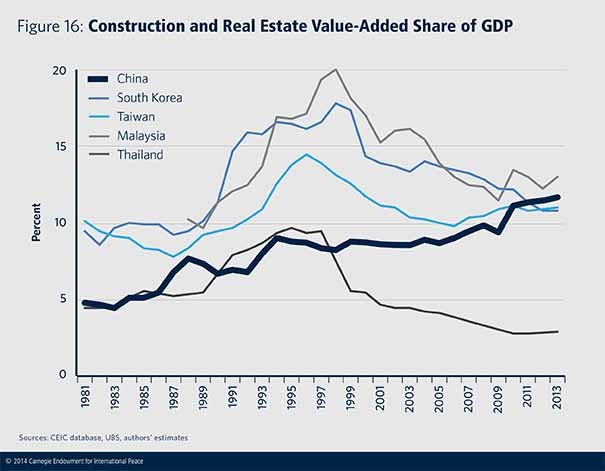China s GDP surge why is their stimulus package working
Post on: 24 Апрель, 2015 No Comment

About
China, the world’s third largest economy, has recorded a better-than-expected second-quarter GDP growth of 7.9 percent. The acceleration in economic activity was fueled by a 4 trillion yuan ($586 billion) stimulus package that encouraged investment. Chinese officials now expect to easily achieve the 8 percent goal for growth this year.
Given China’s GDP growth of 6.1 percent in the first quarter, several economists peg the country’s annualized growth rate at over 15 percent, with Goldman Sachs analysts calling for a 16.5 percent rate. China’s stimulus plan was announced about the same time as that in the U.S. so why is it working so much better?
On the surface, the two stimulus packages aren’t all that different. Both governments have poured massive amounts of money into roads and infrastructure, and both countries have expanded the money supply in an attempt to loosen up credit markets. Yet, the impact of these efforts on the two countries has not been the same, as the economies and political climates differ widely.
In the U.S. individuals and companies alike had already taken on a lot of credit before the financial crisis, making banks less willing to lend money even as they received it from the Feds for just that purpose. In China, however, the state-controlled banking system lent money at record levels in the first half of the year, up 201 percent to more than $1 trillion, causing a surge in investment — urban fixed-asset investment rose 33.6 percent in the first half and factory output grew 10.7 percent. Of course, the risk is that China is creating the same environment now that the U.S. experienced before the meltdown.
In addition, the Chinese government’s investment in infrastructure has gone to state-owned companies, which in turn have gone on hiring sprees. This has offset China’s job losses from export manufacturers, thus stabilizing the labor market and providing consumers with more cash, leading to a growth in retail sales of about 15 percent in May and June.
The approach to both stimulus plans is also different. China added many quick bottom-up efforts, as opposed to the mostly top-down ones used in the U.S. After exports declined 22 percent so far this year, negatively affecting the Chinese economy, China has striven to shift from an over-reliance on exports and investments to domestic spending. It has boosted subsidies on car purchases and home appliances, and unveiled tax cuts to spur private spending. The U.S. has been much slower to implement similar measures and, in addition, faced a massive crisis in housing that needed to be dealt with.

Chinese officials have warned about challenges ahead. and are still unsatisfied with the excess capacity and weak private consumption, even as they expect investment growth to accelerate in the third quarter. They want to balance the economy and continue the double-digit growth rate China has enjoyed for the past five years.
Economists are concerned this kind of growth may not be sustainable. If China is creating its own economic bubbles — Chinese shares have rallied more than 70 percent from the beginning of the year, new lending was equal to nearly one quarter of GDP, and p roperty sales climbed 53 percent year on year — the question of sustainability long term is even more relevant.
Meanwhile, however, China is growing, while the U.S. is looking at a long, slow recovery that could take a year or more.














